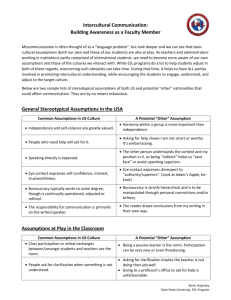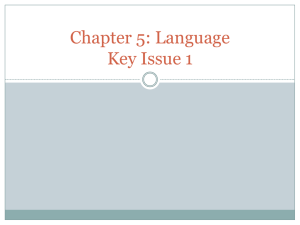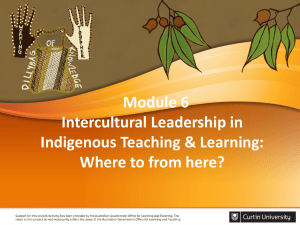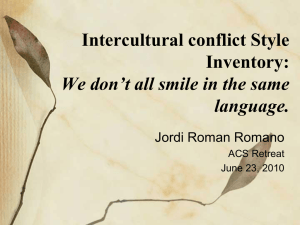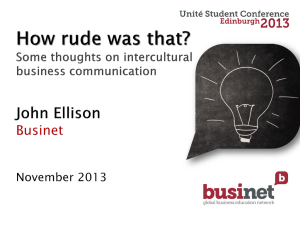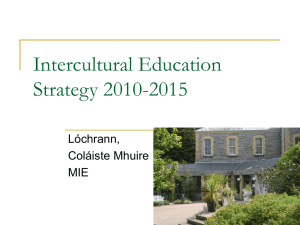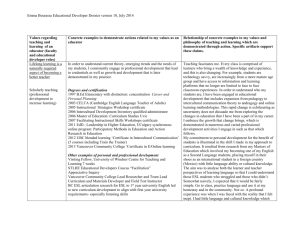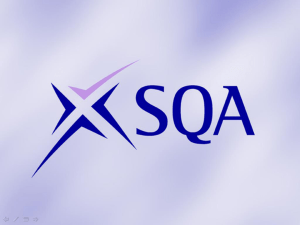- NSW Cultural Exchange Programs in Schools
advertisement
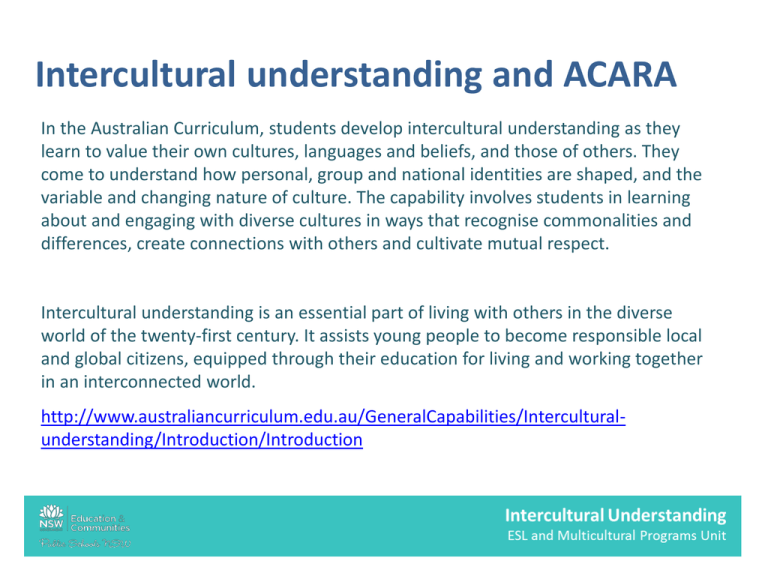
Intercultural understanding and ACARA In the Australian Curriculum, students develop intercultural understanding as they learn to value their own cultures, languages and beliefs, and those of others. They come to understand how personal, group and national identities are shaped, and the variable and changing nature of culture. The capability involves students in learning about and engaging with diverse cultures in ways that recognise commonalities and differences, create connections with others and cultivate mutual respect. Intercultural understanding is an essential part of living with others in the diverse world of the twenty-first century. It assists young people to become responsible local and global citizens, equipped through their education for living and working together in an interconnected world. http://www.australiancurriculum.edu.au/GeneralCapabilities/Interculturalunderstanding/Introduction/Introduction Cultural diversity of Australia (2011 Census) Australia NSW 2.5% of people are Indigenous. 2.5% of people are Indigenous 69.8 % of people were born in Australia. 68.6% of people were born in Australia. 24.6% of people were born overseas. 25.7% of people were born overseas. 61.1% of people are Christian. 64.5% of people are Christian. 30.9% of people said they had no religion or did not identify a religion at the last census. 25.7% of people stated they had no religion or did not identify a religion at the last census. Intercultural Understanding ESL and Multicultural Programs Unit Linguistic diversity of Australia Australia 76.8% of people speak only English. 72.5% of people speak only English. 20.4% speak two or more languages. 24.5% speak two or more languages. Indigenous languages are spoken by about 61,800 people. Indigenous languages are spoken by about 1,299 people. Most common languages other than English: Mandarin, Italian, Arabic, Cantonese and Greek Most common languages other than English: Arabic, Mandarin, Cantonese, Vietnamese and Greek Intercultural Understanding ESL and Multicultural Programs Unit Cultural and linguistic diversity in NSW government schools 749, 162 students enrolled (2012) 229,106 (30.2%) students from language backgrounds other than English (2012) 47,086.8 (6.3%) are Aboriginal or Torres Strait Islander (2012) 137,140 (18.3%) students require ESL support (2012) 3,998 students from refugee backgrounds (1 June 2013) 3,303 international students (2012) 6,500 – 7,500 newly arrived ESL students enrol each year Intercultural Understanding ESL and Multicultural Programs Unit Main languages spoken in NSW government schools (as % of LBOTE) Chinese languages – Mandarin, Cantonese and other Chinese (18%) Tagalog (Filipino) (3.6%) Arabic (13.2%) Korean (3.1%) Vietnamese (6.6%) Spanish (2.9%) Greek (4.0%) 10.Italian (2.6%) Samoan (3.2%) Hindi (4.0%) Main languages spoken by newly arrived students: Mandarin, Arabic, Korean, Filipino, Cantonese, Vietnamese, Hindi, Samoan, Tamil, Persian, Dari, Indonesian, Nepalese, Urdu, Spanish, Thai, Assyrian, Japanese, Punjabi, Bengali Main languages spoken in NSW government schools (as % of LBOTE)
